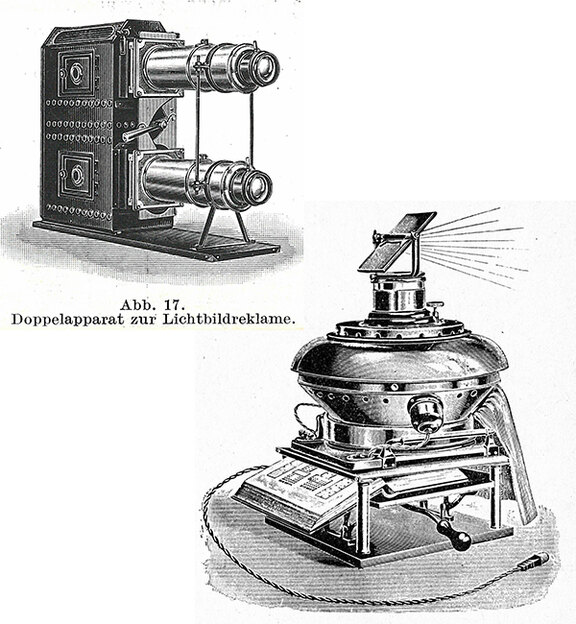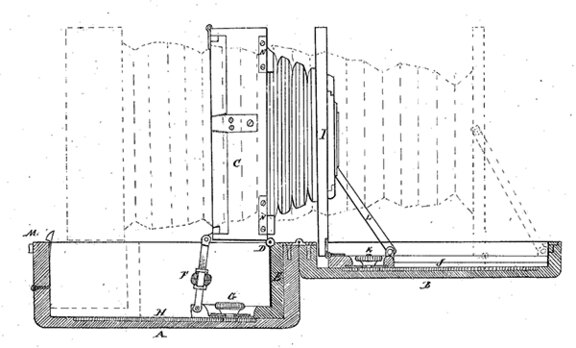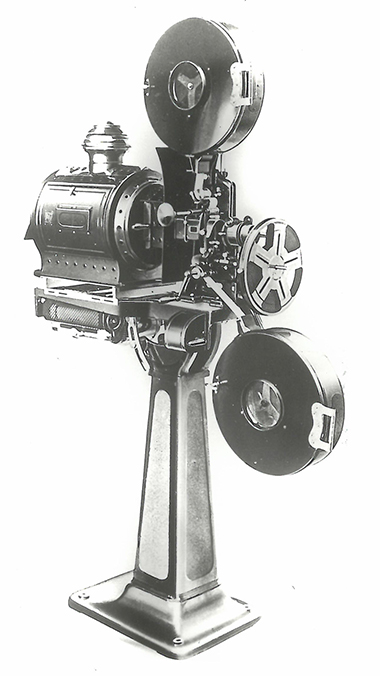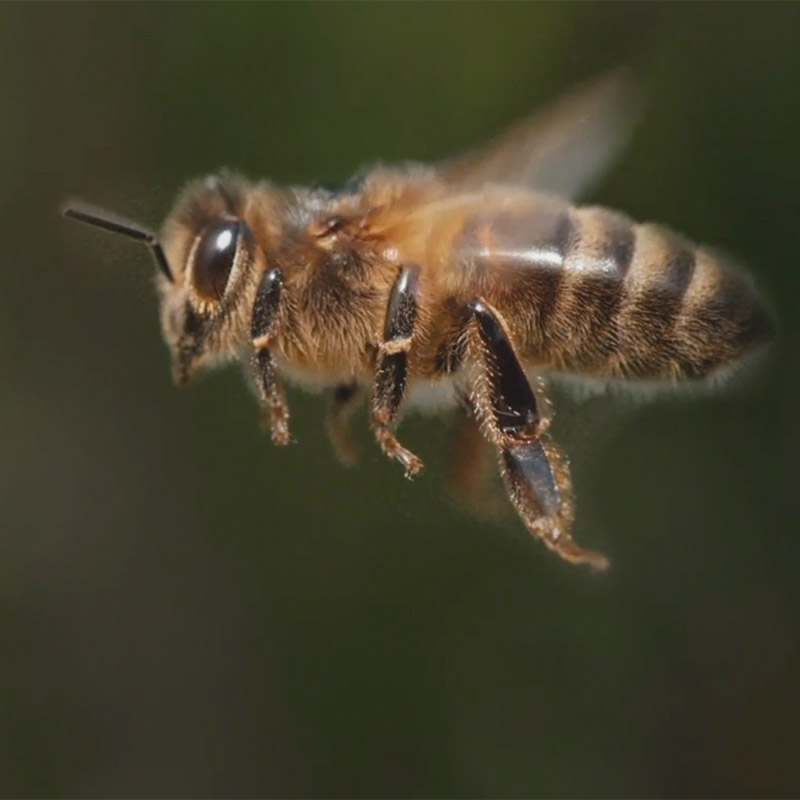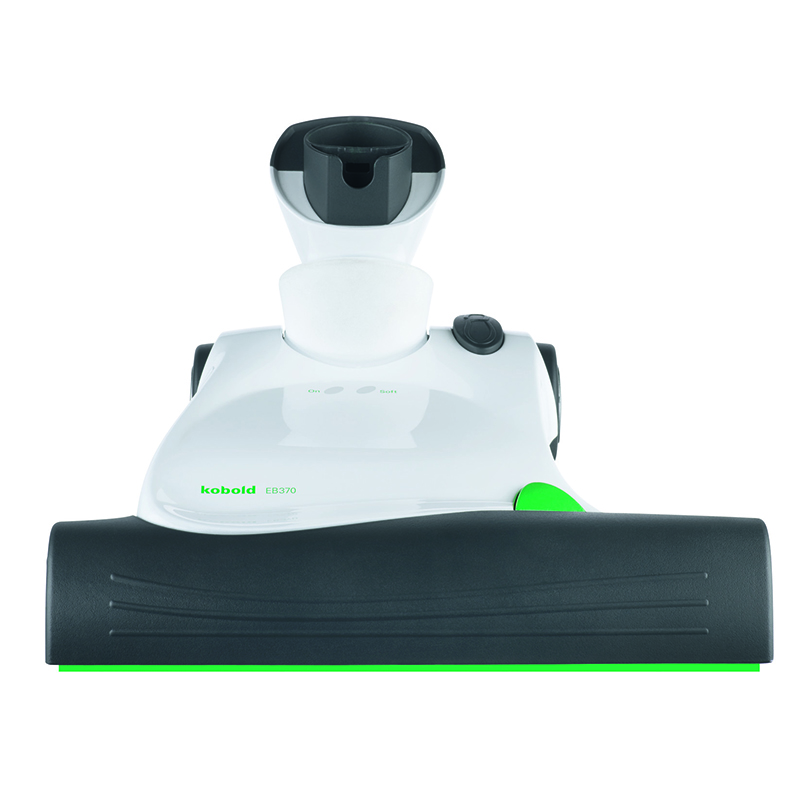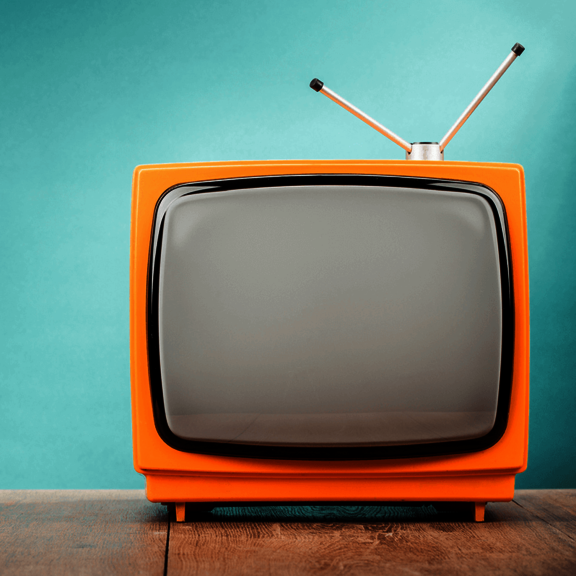It all began in 1854, when sculptor and drawing teacher Eduard Liesegang took over the studio of photographer Hermann Emden in Elberfeld (today Wuppertal) and founded the company Ed. Liesegang, a factory for manufacturing photographic apparatus and paper. With this factory, he wanted to secure a livelihood for his son Paul. Paul Liesegang studied chemistry and wrote and published numerous journals, among them the “Photographische Archiv” (Photographic Archive) (1860), the “Laterna magica” (1877), and “Der Amateur- Photograph” (The Amateur Photographer) (1887). In 1860, at the age of 22, he took over his father’s business.
Expansion and move to Düsseldorf
Word of the quality of the company’s work got around and photographers asked Liesegang to sell them not only photo paper and other accessories but also the chemical materials required for developing photographs. Cameras were made by hand. The factory had its own glass-cutting workshop, a carpentry workshop, a plumbing workshop, a laboratory, and a lithographic workshop. The businessman also set up a teaching facility for photography beginners and professionals. The development and design of projectors was part of the business from the very beginning. In 1873, the company relocated from Elberfeld to Düsseldorf, initially on Kavalleriestraße and later on Volmerswerther Straße.
Journey into the realm of photographic paper
After the death of Paul Liesegang, his sons Raphael, Franz Paul, and Albert James took over the management of the company. Raphael Liesegang became interested in photographic topics at an early age. He studied chemistry but didn’t complete his degree, and he wrote numerous articles on photochemical processes (including editing the “Photographische Archiv”).
With his “Phototel”, he laid the foundation for image scanning and thus the first idea for electric television. In 1892, he joined his father’s business and launched the first matte celloidin paper. This “copy paper” was blackened during exposure in the camera or in the copying frame. Despite his entrepreneurial skills, he did not enjoy the work. In 1904, he handed over the entire photographic paper production division to the company Bayer in Leverkusen and left the Liesegang family business. The Agfa- Werke later arose from this division. Raphael Liesegang went on to work as a scientist and conducted research into colloid theory. The phenomenon of Liesegang rings is named after him.
Focus on the development of optical devices
After Raphael Liesegang left the company, Liesegang focused its attentions on optics and projection technology. In 1906, Robert Schäfer came on board. He was instrumental in expanding the company. In 1952, his son-in-law Dr. Herbert Ernst took up the reins and solidified the reputation of Liesegang devices around the world. The company evolved step by step, and in the 1980s launched microfilm readers and projectors on the market and later also video projectors. The family business Liesegang had now become the family business Ernst. In 2006, the traditional company went bankrupt and was re- established as Liesegang Technology Vertriebsgesellschaft in Essen.
Some more inventions
1877: Suitcase camera
1883: Episcope (reflected-light projector)
1891: Phototel (first idea for “electric television” and for the precursors to the picture telephone)
1896: Universal projection apparatus for the projection of glass pictures
1899: Janus epidiascope (could be used as a reflected-light projector and as a transmitted-light projector/slide projector)
1900: Projector with tray for 50 slides 1910: Device with electric remote control 1912: First projector with metal filament lamp “Hora”
1933: Small picture projector “Diafant”
1954: Spill-proof slide tray
1968: Large episcope for the projection of A4 originals
1970: First use of discharge lamps (halogen metal-halide lamp)
2001: Brightest ultra-portable data video projector in its class to date (with 1700 lumens) leo
Images: Liesegang/private archive)

